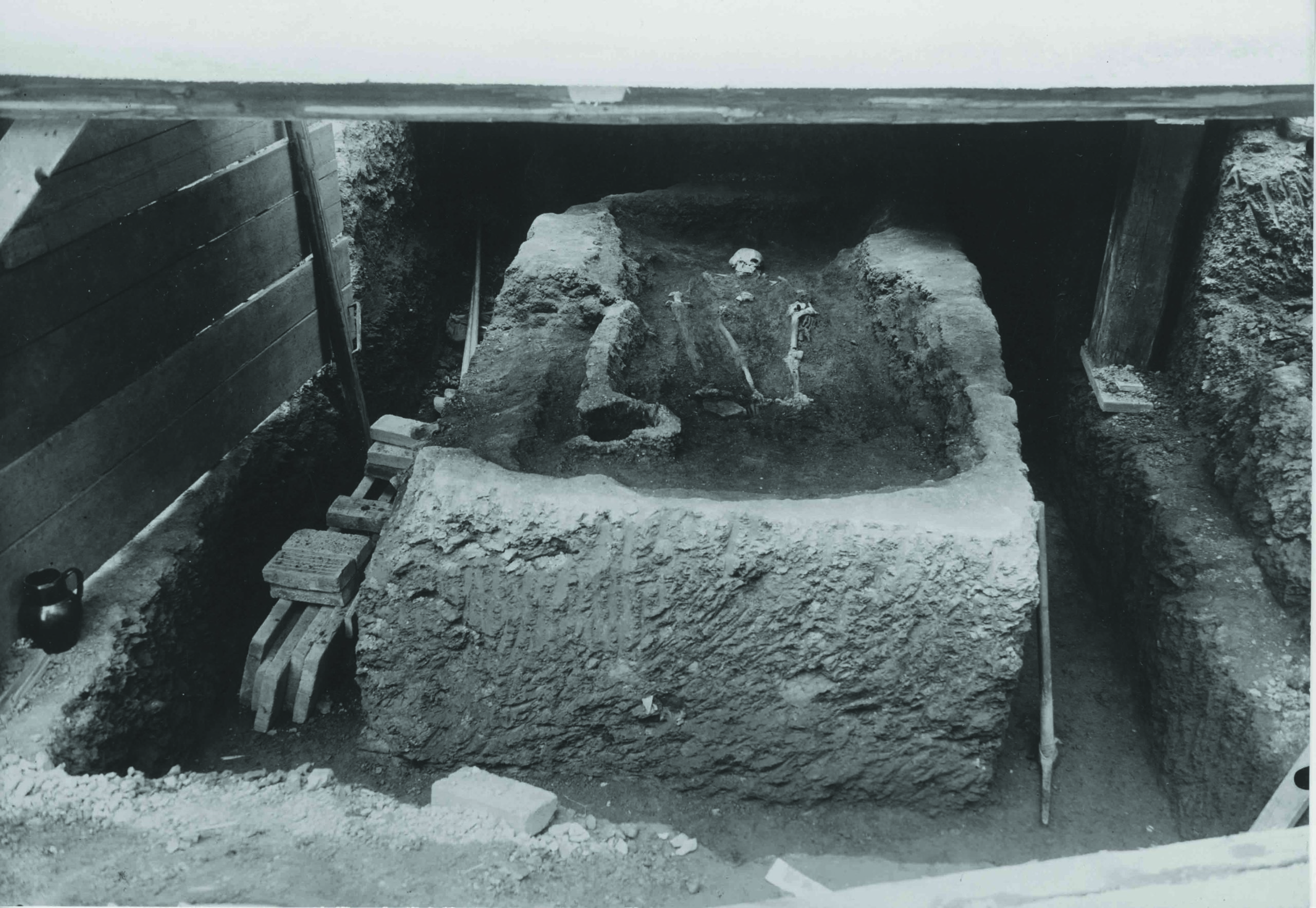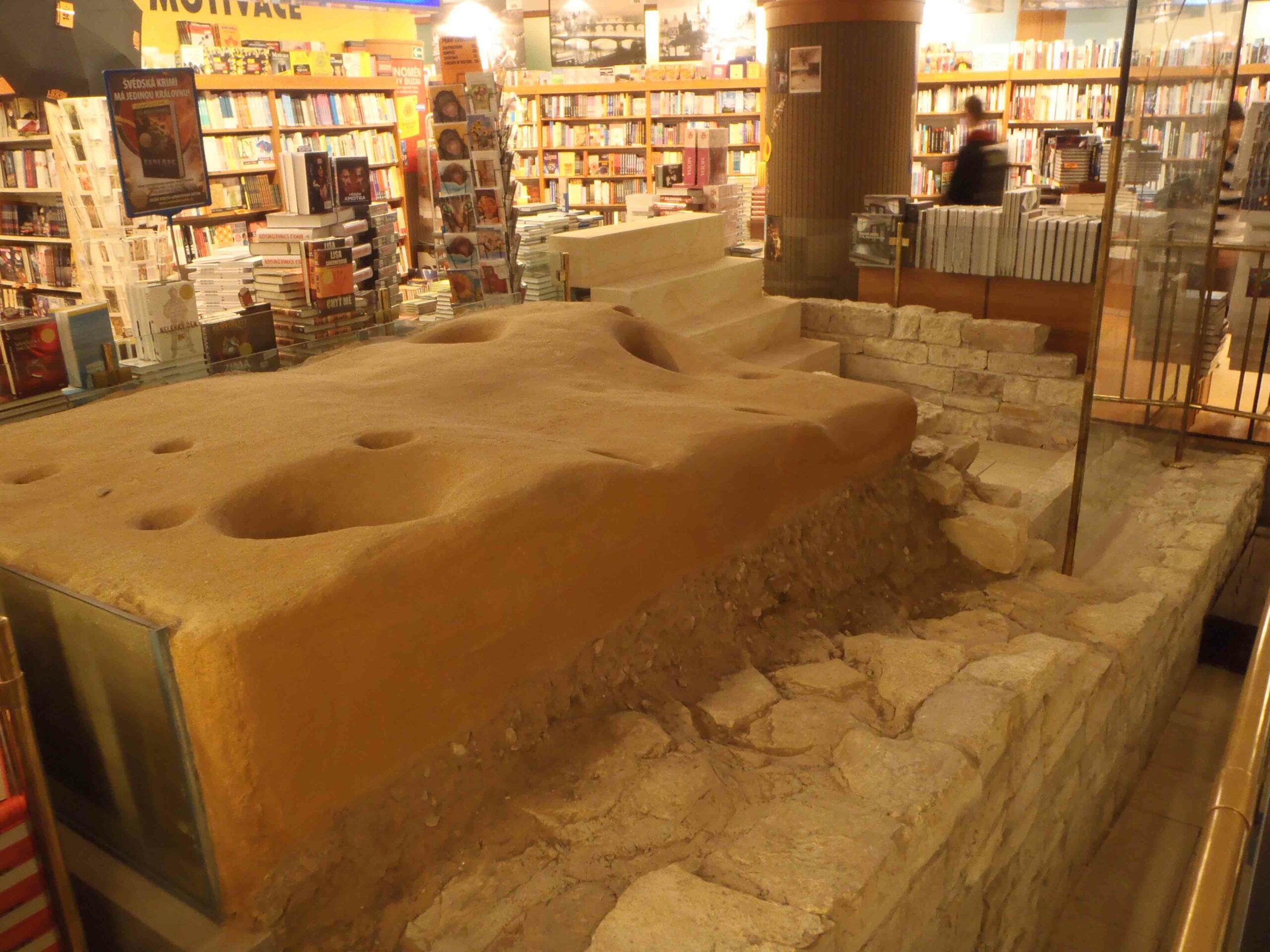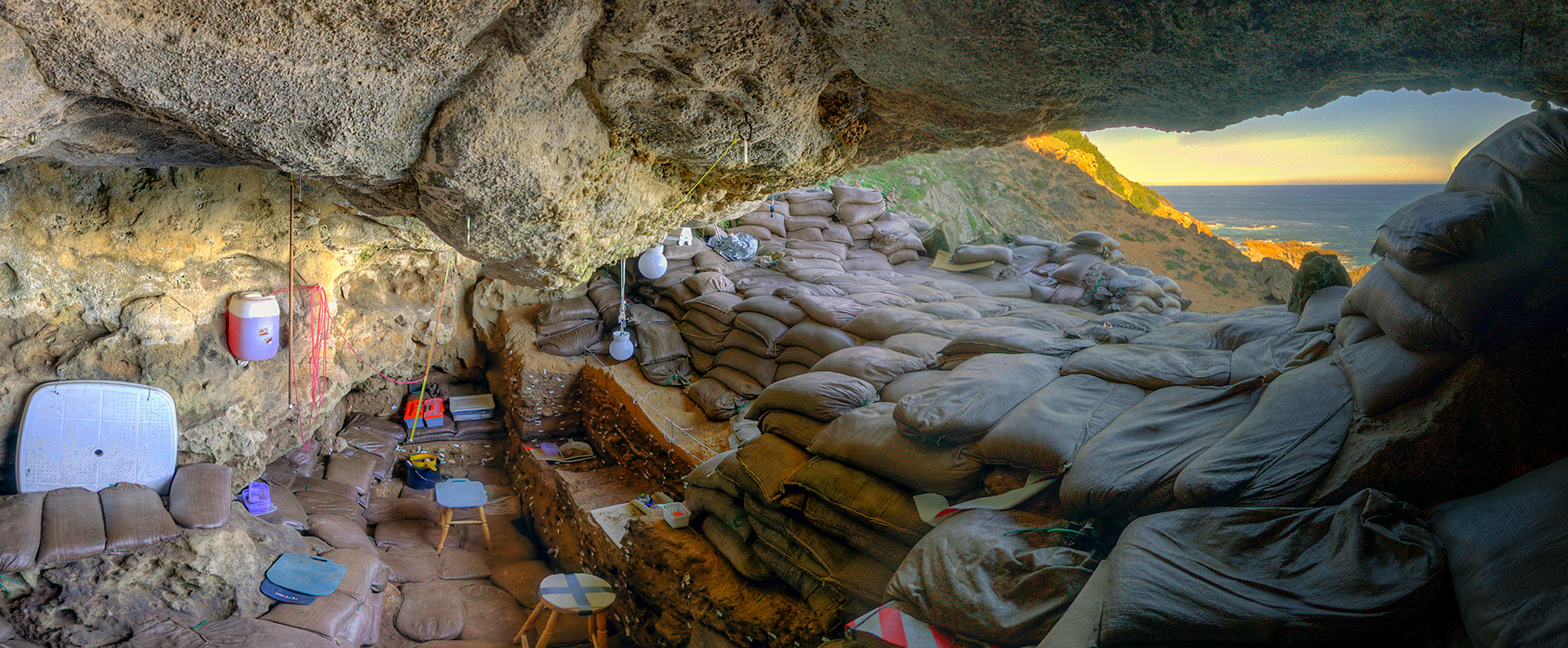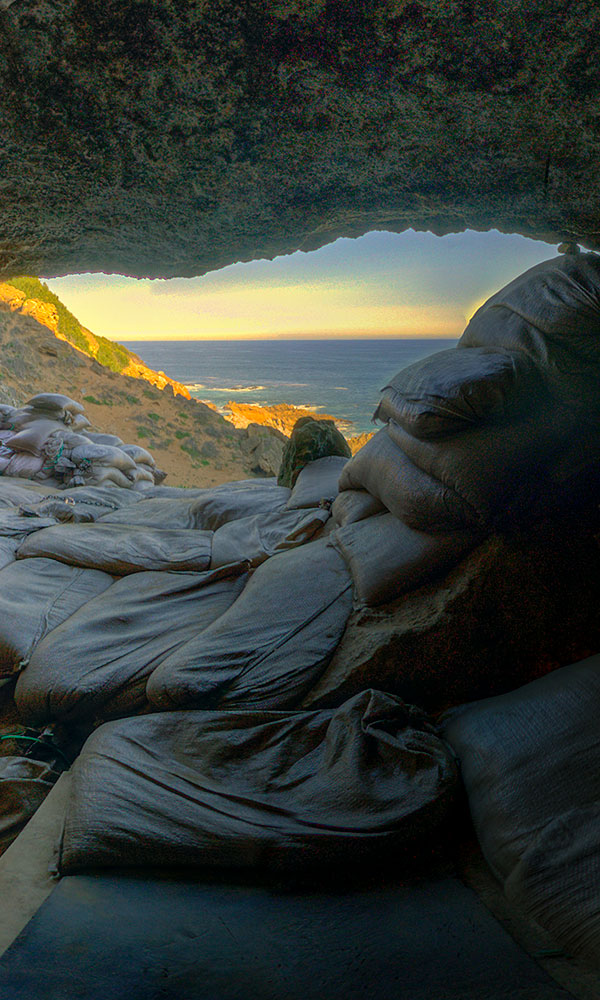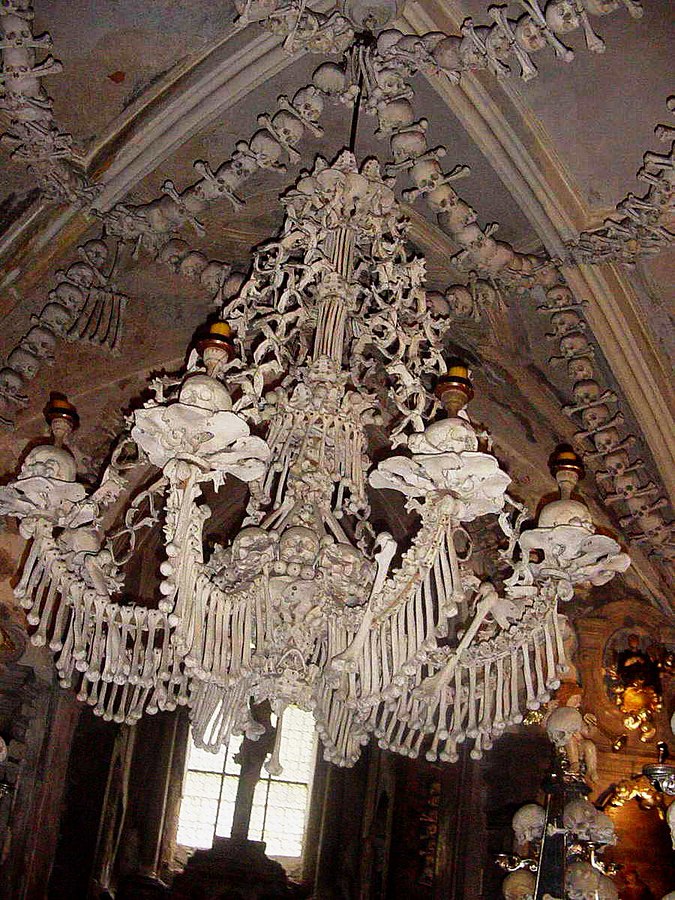
PRAGUE, CZECH REPUBLIC—Reuters reports that pyramids and other structures made of human bones in the Sedlec Ossuary will be thoroughly mapped with computer models, cleaned, and reconstructed as part of a project to restore and strengthen the church building located above it. The bones, which constitute the remains of at least 40,000 people, were exhumed in the sixteenth century from a cemetery adjacent to a twelfth-century Cistercian monastery. The cemetery had run out of burial space due to a fourteenth-century plague epidemic and religious wars of the fifteenth century. Tradition holds that the church’s original bone structures were created by one of the monastery’s monks. The church’s present bone structures were created by Czech wood-carver Frantisek Rint, who expanded on the monk’s towers in the late nineteenth century. “The bones will be cleansed of surface dirt and then soaked in lime solution,” said conservation expert Tomas Kral. “This is a natural method of preservation which was also used during the creation of these pyramids.” For more, go to “Off the Grid: Prague, Czech Republic.”


